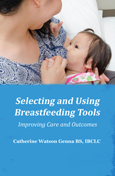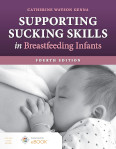If you purchase through these links,
I get a small commission. Thank you!
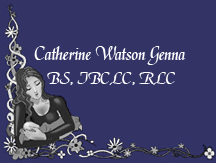
August 11, 2012
Nipple Hygiene (Yes, Soap and Water) to reduce infection risk:
Injured nipples provide a highway for bacteria to enter the breast. During the normal mechanics of breastfeeding, milk travels up from the large ducts near the nipple as the milk ejection recedes, drawing saliva from the baby and organisms from the nipple skin as well. This process allows the alveoli to monitor how much milk was taken and the mother's immune system to monitor her and the baby's microbial environment and respond with antibodies. It also opens the mother to breast infection if her nipple becomes colonized or infected. Bacteria produce biofilms composed of proteins and complex sugars (polysaccharides) that help shield them from the immune system and water washing. Soap and mechanical disruption are required to eliminate biofilms.
Sore, reddened nipples have cultured Staph species in several studies.
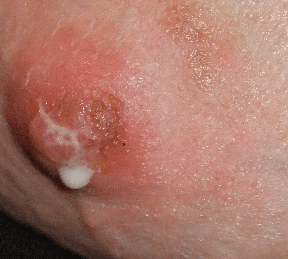
Washing with mild soap and water 2-3 times a day was enough to cure 33% of these staph infections in Stephen Grave's et al study of breastfeeding women with nipple pain and redness. Verity Livingston also identified soap and water washing as important to removing staph organisms from infected nipples, along with systemic antibiotics to prevent mastitis, especially when the nipples have a purulent discharge.
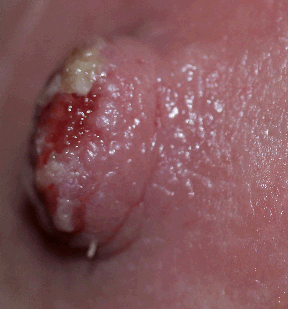
It's wise to counsel mothers having breastfeeding problems to wash their nipples with mild soap and water 2-3 times a day, especially if the nipples are injured. Once breastfeeding is comfortable, using soap in the shower once a day is helpful. Since I've been giving this advice to mothers as soon as they call for an appointment, I'm seeing fewer of them proceed to mastitis and abscess.
Feedback

Share your own nuances. Email your submissions to: vincent.genna@gmail.com. Please include "comment" and the title of the post in your subject line, and your name and credentials if you would like them posted.
